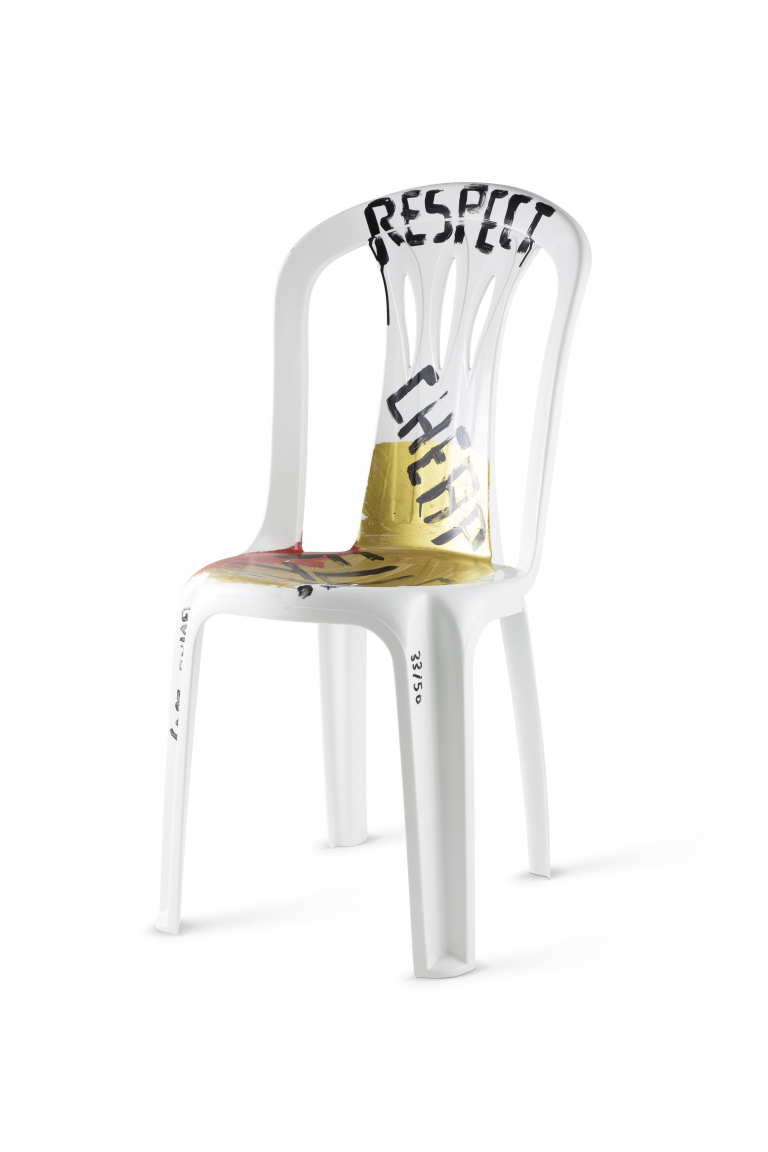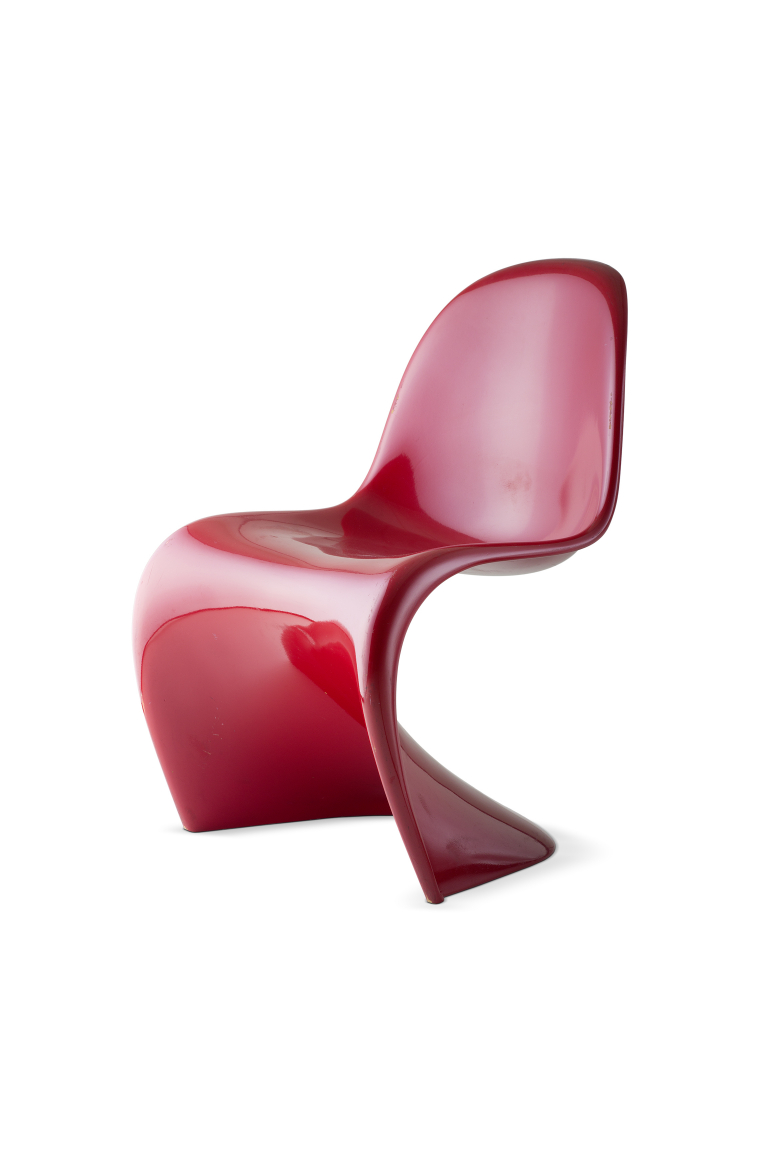
The white plastic chair is no doubt the most widely used piece of furniture in the world. The very embodiment of the mass consumer product, this ubiquitous piece of furniture is now the subject of an exhibition entitled “Monobloc – A Chair for the World” at the Vitra Design Museum in Germany, opening March 17 and running until June 18, 2017.
Wherever in the world there’s a need for low-cost seating, you can be sure to find this particular piece of white plastic. This everyday furniture item is often marginalized, associated with cheap goods and mass throw-away culture in certain countries. For others, however, it is considered a precious object, to be repaired rather than discarded.
The so-called “Monobloc” chair originated from a vision shared by many designers, dating back to the 1920s: the idea of making a chair out of a single piece of material. The first examples were made by pressing sheet metal or bending laminated wood.
It was in the 1950s, with the arrival of new plastics technology, that the first chairs began to be molded or pressed from the material in a single production phase. Early examples of mass-produced “Monobloc” plastic chairs include the “Panton” series (1958-1968) from Danish designer Verner Panton. Other models followed, such as the “Bofinger” (1964-1968) by German architect Helmut Bätzner and the “Selena” chair (1961-1968) by Italian designer Vico Magistretti.

These were followed in 1972 by the “Fauteuil 3000”, now considered the archetypal example of the inexpensive plastic chair. Designed by French engineer Henry Massonnet, its efficient manufacturing process was ultimately reduced to less than two minutes. Several companies then went on to produce similar models.
Now found all around the world, the monobloc plastic chair represents an affordable and therefore democratic piece of furniture, yet it does not meet sustainability criteria. It fact, it is a symbol of the mass consumption of uniform products on a global scale.
As a result, several modern-day designers have created new versions of the chair to address these issues, such as Martí Guixé’s “Respect Cheap Furniture” or the “Café Chair” by Fernando and Humberto Campana. Designer Martino Gamper even created a “Monothrone” version especially for the “Monobloc – A Chair for the World” exhibition. The show features 20 items that illustrate the technical development of this plastic furniture item, as well as its cultural connotations. JB












































